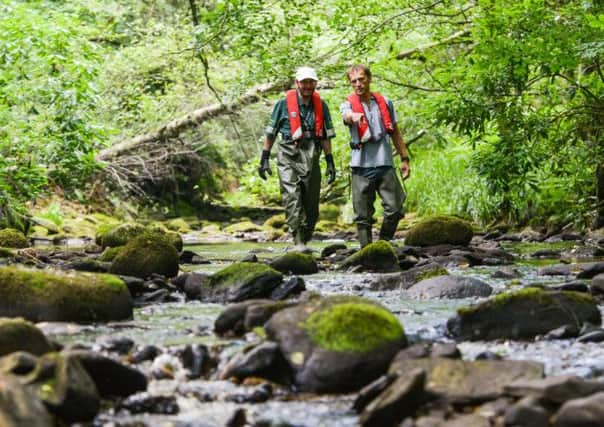Weir work underway to release fish back into rivers


Over the next five years, weirs upstream of its reservoirs will be removed or modified to help fish thrive.
Mark Tinsdeall, Yorkshire Water’s environmental assessment team leader, said: “Reservoirs play a vital role in protecting the wildlife of our rivers. They provide the river flows, which are the lifeblood of our rivers and the reservoirs themselves are home to nationally important species such as wild brown trout and native crayfish.”
Advertisement
Hide AdAdvertisement
Hide AdThe firm teamed up with the Environment Agency to identify structures that were potentially blocking fish movements.
Jerome Masters, fisheries technical officer with the Environment Agency, said: “Many of Yorkshire’s reservoirs offer great fishing and our work is helping to maintain this popular amenity whilst improving the environment to benefit fish and other wildlife.”
Broomhead Reservoir near Ewden in Sheffield is the focus for the first stage of the project, following an investigation that drew on the expertise of Hull International Fisheries Institute, Arup, The Don Catchment Rivers Trust and the Wild Trout Trust.
A low weir was found to be blocking the migrations of wild brown trout into Ewden Beck which flows into the reservoir so Environment Agency officers created low flow channels through the rocks to allow fish to swim up it more readily. This ‘soft engineering’ solution fits in with the natural environment and opens up a spawning beck that has been isolated for a century.
Further fish passes near Strines and Morehall reservoirs on the River Don will be targeted later in the summer, with larger more complex fish passes across the region to follow.